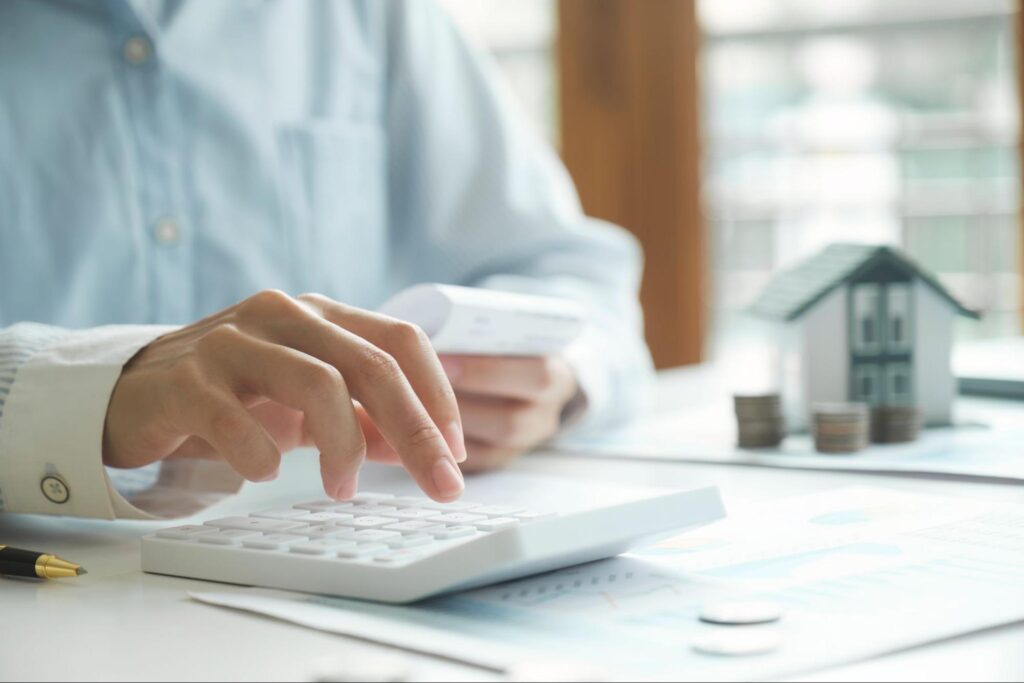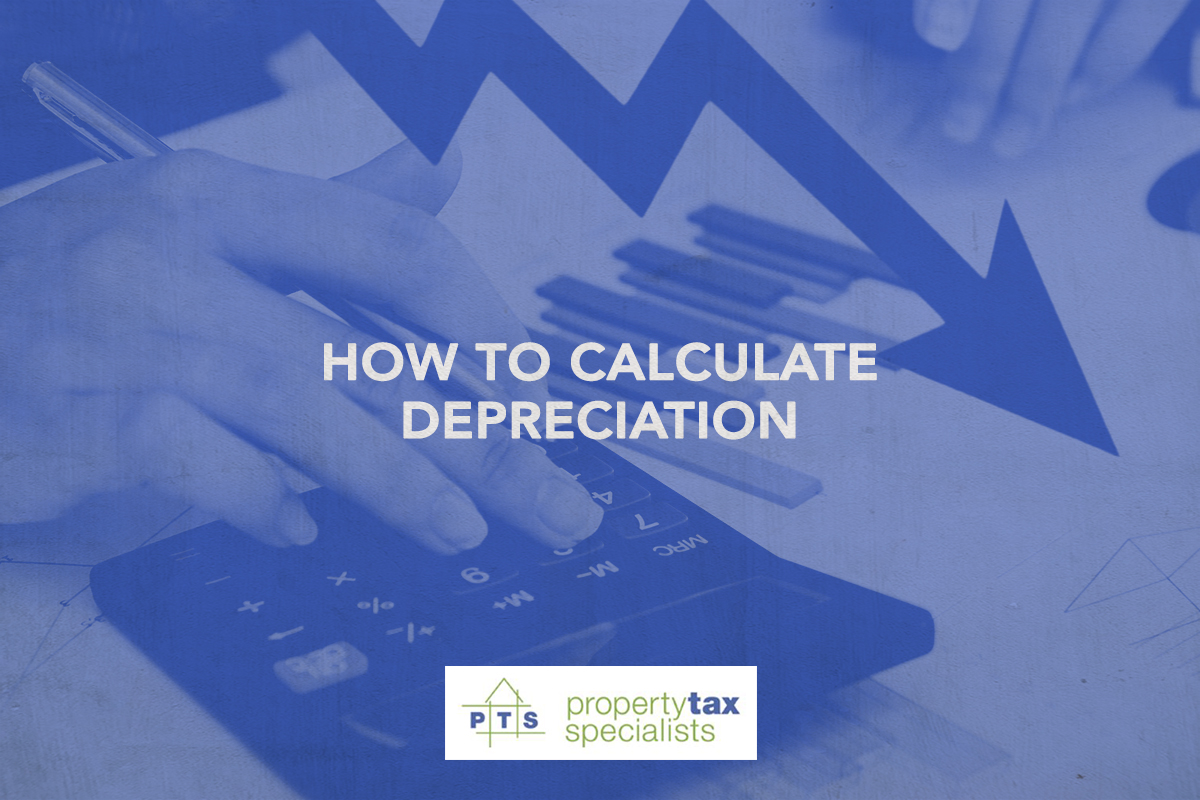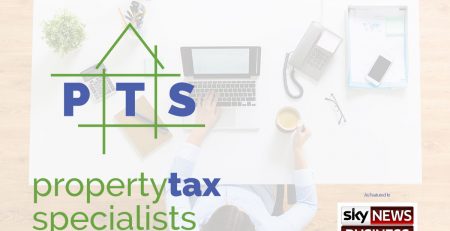How To Calculate Depreciation in Australia
Australia’s real estate market is a dynamic one. But there’s more to owning property than just rental income and rising property values. One often overlooked benefit is property tax depreciation – a tool that can greatly increase your investment’s profitability.
Whether you’re an experienced property owner or a new investor, understanding tax depreciation is key to getting more value from your assets.
Here’s what you need to know.

Understanding the Basics of Depreciation
Depreciation is an accounting concept that represents the reduction in the value of a depreciating asset over time due to factors such as wear and tear, age, or obsolescence. In the context of property investment, depreciation allows you to claim a tax deduction for the decrease in value of your property and its assets over time.
There are two types of depreciation you can claim: capital works and plant and equipment.
| Capital Works | Plant and Equipment | |
| Definition | Depreciation of the structural components of a building | Depreciation that applies to removable assets within a property |
| Example | Walls, roofs, windows and fixed assets like plumbing and electrical systems | Appliances, furniture and fixtures |
| How it’s calculated | Capital works deductions are typically claimed at a fixed rate of 2.5% over a 40-year period and are based on the original construction (or renovation) cost of the property. | Each asset has a designated depreciable effective life determined by the Australian Taxation Office (ATO). |

Methods of Calculating Depreciation
There are two methods to calculate plant and equipment depreciation: the prime cost depreciation rate method and the diminishing value method.
The prime cost method, also known as the straight line depreciation method, spreads the depreciation deduction evenly over the asset’s effective life, while the diminishing value method allows for higher deductions in the earlier years of ownership.
The Prime Cost Method
Let’s say you own a rental property and you’ve just purchased a new refrigerator for $1,000.
Calculation using the Prime Cost Method
Determine the depreciable effective life of the asset. In this case, the effective life of the refrigerator is 10 years.
To calculate the annual depreciation expense using the prime cost method, divide the original cost of the asset by its depreciable effective life.
- Annual Depreciation Expense = Original Cost / Effective Life
- Annual Depreciation Expense = $1,000 / 10 years
- Annual Depreciation Expense = $100
So, in this example, you can claim a tax deduction of $100 each year for the next 10 years.
The Diminishing Value Method
Using the same example as above, let’s say you purchased a new refrigerator for $1,000.
Calculation using the Diminishing Value Method
Determine the depreciable effective life of the asset. In this case, we know that the effective life of the refrigerator is 10 years.
To calculate the depreciation rate, you need to divide 200% by the asset’s effective life.
- Depreciation Rate = 200% / Effective Life
- Depreciation Rate = 200% / 10 years
- Depreciation Rate = 20%
Now, you need to calculate the annual depreciation expense for the first year using the diminishing value method. To do this, multiply the original cost of the asset by the depreciation rate.
- First Year Depreciation Expense = Original Cost * Depreciation Rate
- First-Year Depreciation Expense = $1,000 * 20%
- First Year Depreciation Expense = $200
For subsequent years, you’ll calculate the depreciation expense based on the reduced value of the asset (original cost minus accumulated depreciation). You’ll then continue this process for each year of the asset’s effective life:
- Second Year Depreciation Expense = (Original Cost – First Year Depreciation) * Depreciation Rate
- Second Year Depreciation Expense = ($1,000 – $200) * 20%
- Second-Year Depreciation Expense = $160
So, in this example, you can claim a tax deduction of $200 in the first year, $160 in the second year, and so on.
Which Calculation Method Should You Use?
The choice between the two methods depends on your individual circumstances and residential investment property goals.
For example, because the prime cost method provides a consistent and equal depreciation deduction each year, it may be more suitable for investors who prefer a steady and predictable cash flow. It may also be more appropriate for long-term investments where the asset is expected to have a relatively stable value over time.
On the other hand, because the diminishing value method provides higher depreciation deductions in the earlier years of ownership and lower deductions in the later years, it’s probably better suited for investors who are looking to maximise their tax deductions in the short term, which can help improve cash flow in the early years of ownership.
It may also be more appropriate for assets that lose value quickly or for short-term investments where the investor plans to sell the asset within a few years.
So, the factors you would consider when making the decision would include:
- Investment Horizon: If you plan to hold the property for a long time, the prime cost method may provide more consistent and predictable deductions over time. If you plan to sell the property within a few years, the diminishing value method may provide higher deductions in the short term.
- Cash Flow Needs: If you need to improve your cash flow in the early years of ownership, the diminishing value method may be more suitable. If you prefer a steady and predictable cash flow, the prime cost method may be more appropriate.
- Asset Type: Consider the nature of the asset and how quickly it is expected to lose value. For assets that depreciate rapidly, the diminishing value method may be more suitable.
- Tax Planning: Consider your overall tax situation and how depreciation deductions fit into your tax planning strategy. Consult with a tax professional to determine which method aligns with your tax goals.
But, ultimately, the choice between the two methods comes down to your personal preference and investment goals. And you would be in the best position to make the right choice after consulting with a tax professional or specialist quantity surveyor who can advise you on what makes the most sense in light of all the above factors.
How Do You Claim Depreciation?
To claim depreciation, you’ll need to engage a specialist quantity surveyor to conduct a thorough inspection of your property to identify all depreciable assets, estimate their value, and determine their effective lives.
Once they’ve gathered all this information, they’ll prepare a tax depreciation schedule, which will outline all eligible deductions for each depreciable asset.
You can then provide the depreciation schedule to your accountant, who will use it to calculate and claim the depreciation deductions on your tax return.
Key Takeaways
- Depreciation is a tax deduction for the decrease in value of your property and its assets over time.
- There are two types of depreciation: capital works (building structure and fixed assets) and plant and equipment (removable assets).
- There are two methods for calculating plant and equipment depreciation: prime cost (evenly spread deduction) and diminishing value (higher deductions in earlier years).The choice between prime cost and diminishing value depends on your investment goals and circumstances.
- To claim depreciation, hire a specialist quantity surveyor to prepare a tax depreciation schedule.
- Provide the schedule to your accountant to claim the deductions on your tax return.
If you’re looking for guidance on depreciation and how it fits into your overall property tax strategy, get in touch with Property Tax Specialists today.
Disclaimer
Please note that every effort has been made to ensure that the information provided in this guide is accurate. You should note, however, that the information is intended as a guide only, providing an overview of general information available to property buyers and investors. This guide is not intended to be an exhaustive source of information and should not be seen to constitute legal, tax or investment advice. You should, where necessary, seek your own advice for any legal, tax or investment issues raised in your affairs.



